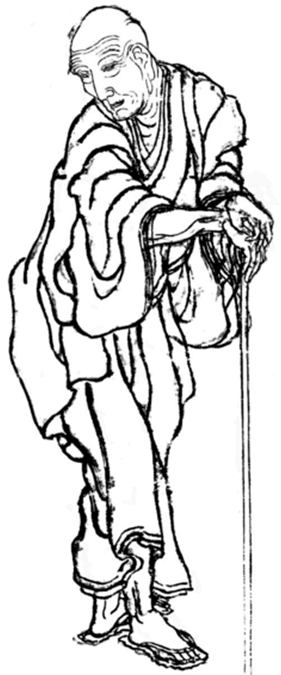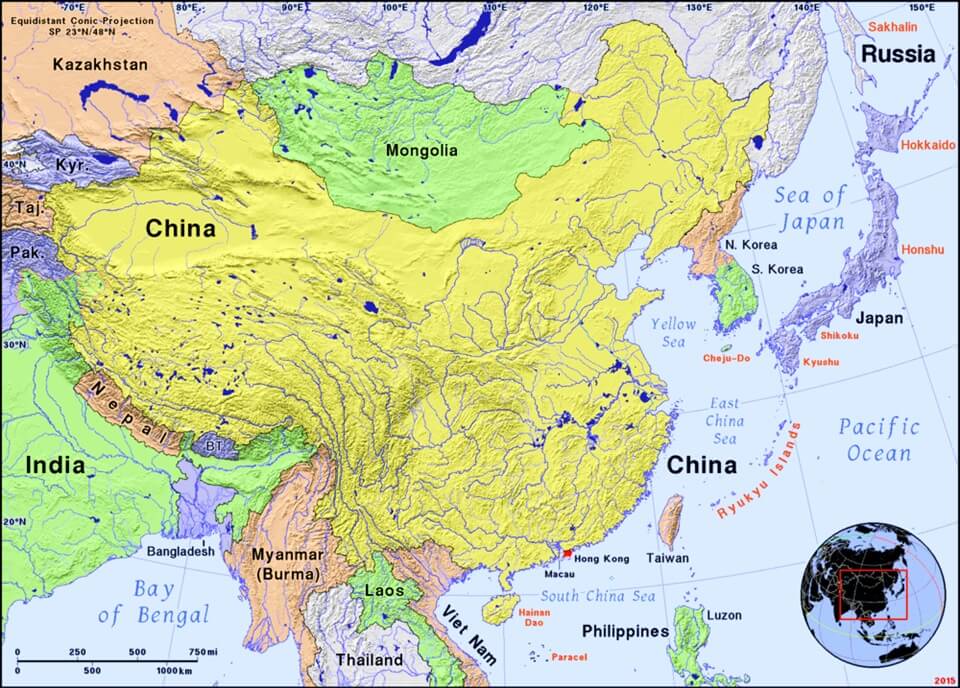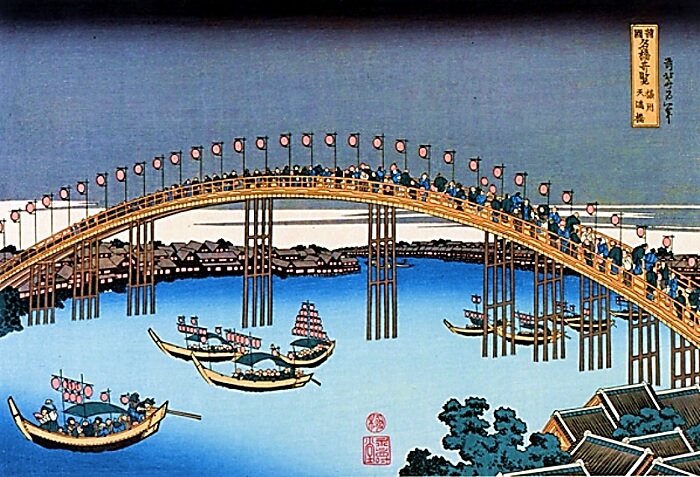Activity 1: Can You Find It?
Find the following in the artwork:
- Bridge
- Lanterns on the Bridge
- Boats
- Lanterns on the Boats
- People
- Polemen
- Foliage
- Houses
- Roofs
- Lit Windows
Activity 2: Narrate the Artwork
- After studying the artwork, narrate the scene shown aloud using your own words.
Activity 3: Complete Vocabulary Activities
- While studying the vocabulary words, point out any you see in the print.
- Define each of the vocabulary words in your own words.
Activity 4: Color the Artwork

- Click the crayon above, and complete page 8 of 'Art History Coloring Pages for Second Grade.'


